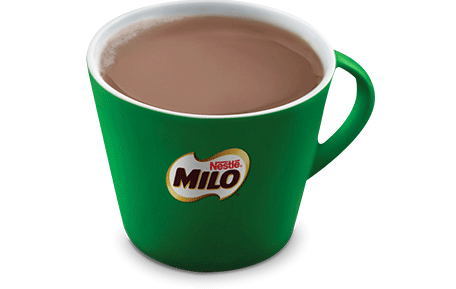As a REIT investor, nothing beats the pleasure of receiving growing distribution payout or passive income from a REIT.
In order to receive growing distribution from a REIT, there must be rising distributable profit. But rising profit could only happen when the REIT achieves higher amount of revenue or incur lower costs or combination of both.
Let's revisit the basics of revenue equation of a company first:
Revenue = Quantity x Price
There are few observations that could be made:
1) A company could increase its revenue by increasing the prices of products sold or services offered.
2) A company could increase its revenue by selling more in terms of quantity.
3) A company could increase its revenue by selling more at higher prices and this is the best scenario!
So how does the revenue equation applied to a retail REIT?
Retail REIT's Revenue = (Occupancy Rates x Net Lettable Area (NLA) x Rental per Square Feet) + Other Income
A REIT that we would like to invest into should possess the following attributes:
1) Higher revenue due to stable or rising occupancy rates, rising NLA and rental per square feet. These are the characteristics of a good quality REIT as far as revenue line is concerned.
2) Revenue of a REIT usually consists of two types of income, namely rental income and other income.
3) Apart from rental income, REIT also derives income from parking Income, kiosk rents, advertising income and etc. These are BIG money to a retail REIT. Mid Valley and Gardens Mall (under IGB REIT) earned RM44.2 million of car park income alone in 2015! kiosk rents amounted to around RM23 million^!

When you pass by any kiosk in the mall next time, think of the kiosk rents that would accrue to the REIT and eventually, part of these kiosk rents will go into your pocket! The same goes to parking payment as well.
4) In summary, there are many factors that could influence the REIT's ability to maximise its revenue. Hence, investors must be aware of these factors so that the REIT that we invest into could continue to pay us higher amount of distribution!
^ Kiosk rent of RM23 million may include other leasing income of which the breakdown is not available.






